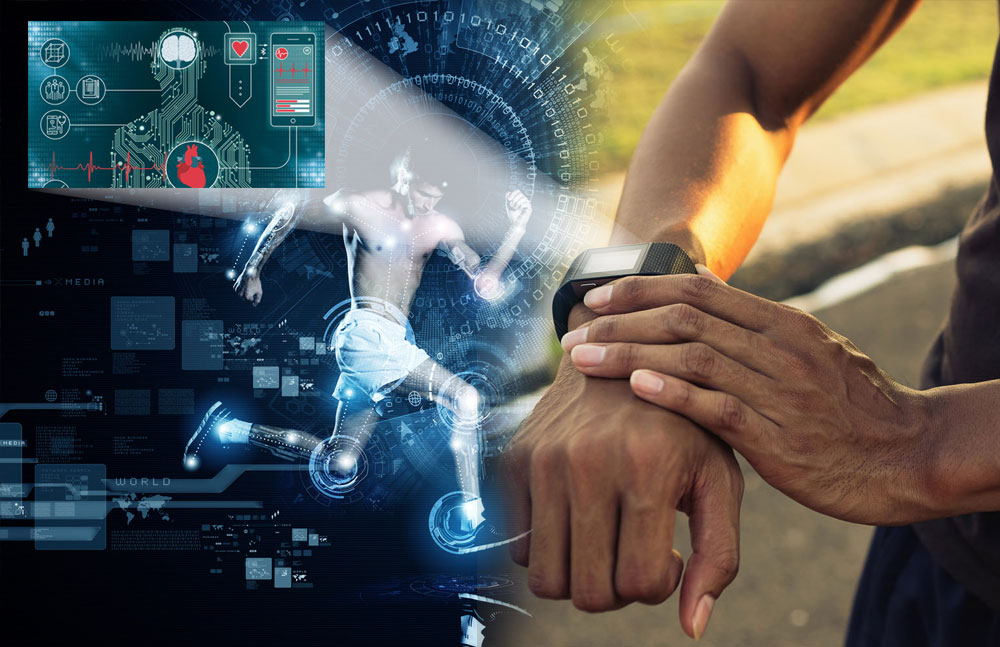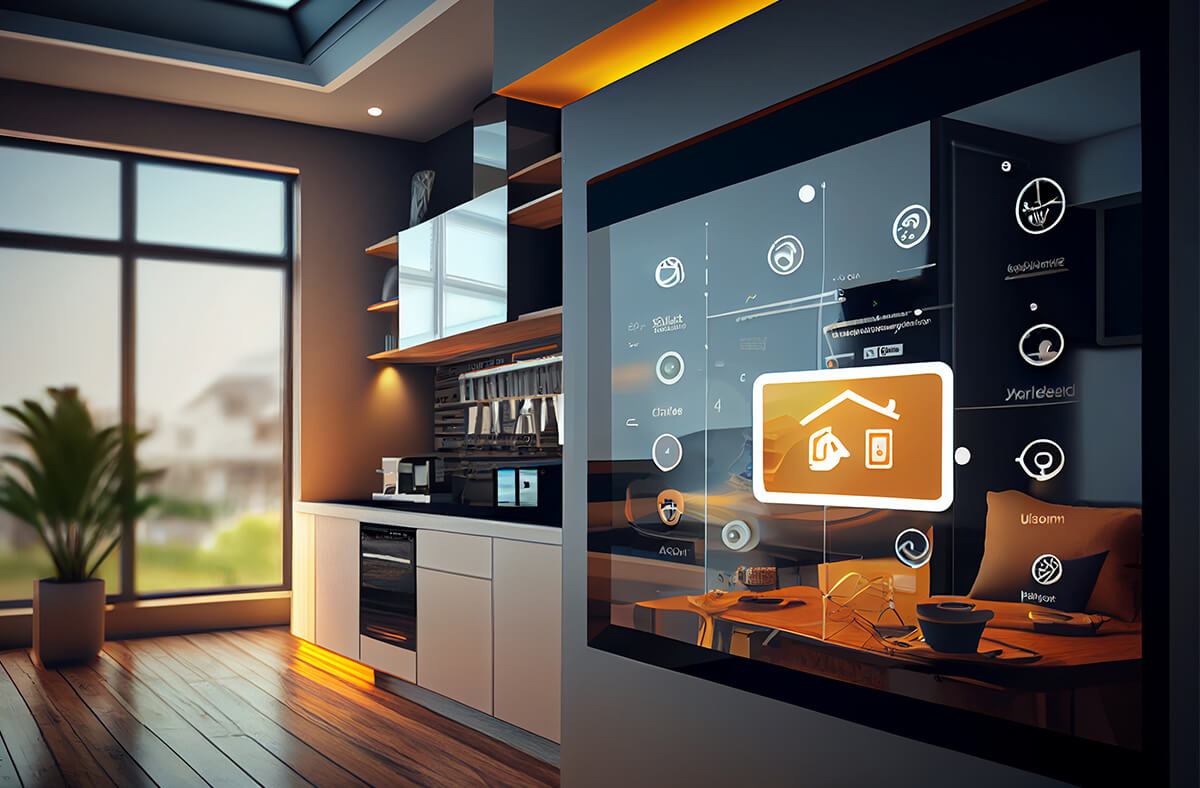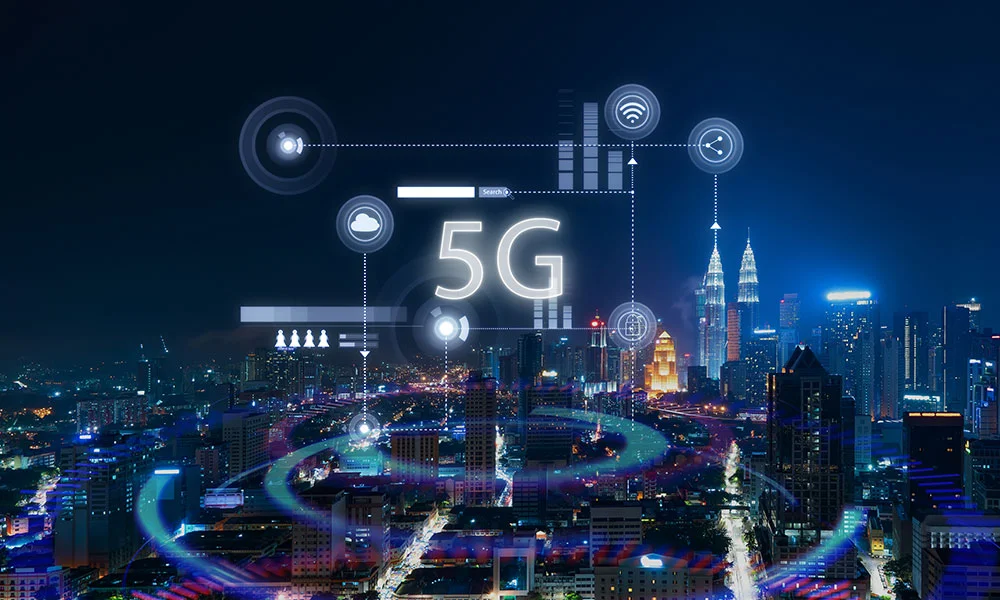Introduction to IoT and 5G
The digital landscape is evolving rapidly, and two of the most transformative technologies at the forefront are IoT (Internet of Things) and 5G networks. Imagine a world where smart devices communicate seamlessly with each other, creating an interconnected system that enhances our daily lives. This is not just a futuristic dream; it’s becoming a reality through the integration of IoT and 5G.
IoT allows everyday objects to connect to the internet, collecting data and sharing it with other devices. Meanwhile, 5G technology promises faster speeds, lower latency, and more reliable connections than ever before. Together, they form a powerful duo capable of revolutionizing how we interact with technology.
As cities become smarter and industries embrace automation, understanding this integration is essential for anyone looking to stay ahead in today’s tech-driven environment. Let’s dive deeper into what makes IoT and 5G integration so exciting!

Benefits of Integrating IoT and 5G
The integration of IoT and 5G technology unlocks a world of possibilities. Faster data transmission speeds enable real-time communication between devices. This is crucial for applications where every millisecond counts.
With 5G’s lower latency, smart devices can respond instantly to commands. Imagine a smart home system that reacts immediately when you adjust the thermostat or turn on lights. The experience becomes seamless and intuitive.
Moreover, enhanced connectivity supports more devices simultaneously without compromising performance. Urban areas can benefit immensely as cities evolve into smart environments with numerous connected sensors and systems.
This combination also allows for advanced analytics capabilities. Businesses can harness vast amounts of data generated by IoT devices, leading to better decision-making processes and improved operational efficiency.
Integrating these technologies fosters innovation across various sectors, from healthcare to manufacturing, paving the way for smarter solutions that enhance daily life.
Real-World Applications of IoT and 5G Integration
The integration of IoT and 5G is already transforming various sectors. In smart cities, connected devices monitor traffic flow in real-time. This reduces congestion and enhances public safety.
Healthcare also benefits significantly. Wearable devices can transmit patient data instantly to healthcare providers. Faster networks allow for immediate responses during emergencies.
Agriculture has seen a revolution too. Smart sensors collect data on soil conditions, while drones monitor crop health from above. Farmers can make informed decisions quickly, boosting productivity.
In manufacturing, factories embrace automation with IoT sensors monitoring machinery performance continuously. Maintenance needs are identified before breakdowns occur, leading to reduced downtime.
Retail environments are evolving as well. Smart shelves track inventory levels autonomously using connected sensors, ensuring stock availability without manual checks.
These examples highlight just a fraction of how this powerful combination tailors solutions across industries today.

Challenges and Limitations of Integration
Integrating IoT and 5G presents several challenges that can hinder widespread adoption. One major issue is the need for significant infrastructure upgrades. Many regions lack the necessary network capabilities to support robust 5G connectivity.
Another challenge lies in compatibility between devices. Not all existing IoT devices are designed to utilize 5G technology, which can lead to fragmentation in the market. This limits seamless communication across different systems.
Additionally, there are regulatory hurdles that must be navigated. Governments around the world have varying standards for data transmission and privacy, complicating global integration efforts.
Implementing enhanced security measures is also crucial yet challenging. The more interconnected devices become, the greater the risk of cyber threats increases. Developing solutions that protect sensitive data without compromising performance remains a priority.
These obstacles require collaboration among manufacturers, regulators, and service providers to create an efficient ecosystem where IoT and 5G technologies work harmoniously together.
Future Possibilities and Impact on Industries
The integration of IoT and 5G is set to revolutionize industries in ways we can only begin to imagine. With faster and more reliable networks, smart devices will communicate seamlessly, enhancing efficiency across various sectors.
In healthcare, real-time patient monitoring will become the norm. Wearable devices could transmit vital data instantly, enabling instant responses from medical professionals.
Manufacturing stands on the brink of transformation too. Smart factories powered by this integration can harness predictive maintenance, minimizing downtime while optimizing production lines.
Agriculture will also benefit significantly. Farmers equipped with connected sensors can monitor soil conditions and crop health continuously, leading to better yields and sustainable practices.
Retail experiences may shift dramatically as well. Enhanced customer insights through connected devices enable personalized shopping experiences that cater directly to consumer preferences.
These advancements hint at a future where industries are not just efficient but also innovative beyond current capabilities.

Security Concerns and Solutions
As IoT devices proliferate, security concerns escalate. The integration of 5G magnifies these vulnerabilities. Faster networks mean more connections, which can provide a larger attack surface for cybercriminals.
Data transmitted over these networks is often sensitive. If not properly secured, this data can be intercepted or manipulated. It’s crucial to implement strong encryption protocols to safeguard information in transit.
Additionally, device authentication must be prioritized. Ensuring that only authorized devices connect to the network minimizes risks significantly. Regular software updates also play a vital role in patching potential security flaws.
User awareness cannot be overlooked either. Educating consumers about securing their devices and recognizing phishing attempts enhances overall safety.
Innovative solutions like blockchain technology are emerging as promising options for enhancing security within IoT ecosystems. This decentralized approach can provide an additional layer of protection against malicious attacks and ensure data integrity across the board.
Conclusion
The integration of IoT and 5G is reshaping the landscape of technology. As smart devices become more prevalent, their ability to communicate seamlessly through faster and more reliable networks transforms how we interact with our environment. Industries such as healthcare, transportation, agriculture, and manufacturing are already experiencing significant benefits from this powerful combination.
While challenges exist—ranging from implementation costs to security concerns—the potential rewards far outweigh these obstacles. With every advancement in IoT and 5G technologies, opportunities for innovation expand. The future promises a world where connectivity enhances everyday life, making it smarter and more efficient.
As businesses continue to adopt these technologies, staying informed about emerging trends will be crucial. Embracing this evolution means being prepared for an interconnected world that leverages advanced capabilities to improve productivity and enhance user experiences across various sectors.






